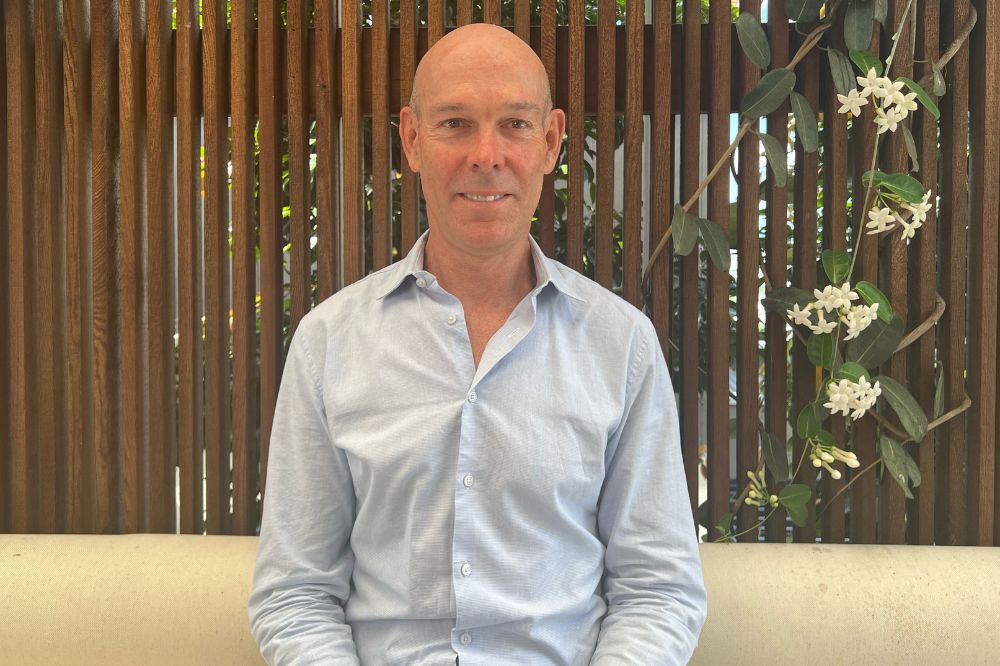Brokerage director “hopeful” about the future of nat cat coverages

Brokerage director “hopeful” about the future of nat cat coverages | Insurance Business Australia
Catastrophe & Flood
Brokerage director “hopeful” about the future of nat cat coverages
“I think we’re slowly getting on top of it”
Catastrophe & Flood
By
Daniel Wood
“I think we’re slowly getting on top of it, I’ve got hope,” said Stephen McCarthy (pictured above), managing director and founder of Bellrock Broking.
Brisbane-based McCarthy has more than four decades of industry experience. He was answering a question from Insurance Business about the rising costs of national catastrophes. IB asked McCarthy if he thought the industry would ever find solutions for issues like the high premiums or unavailability of cyclone and flood coverages?
Models for nat cat premiums need to change
“We insure a lot of Northern Australian property north of that 26th parallel, including large shopping centres and large office buildings,” he said. “Billions of dollars’ worth of assets.”
McCarthy said the property owners his broking firm represents have suffered sixfold rate increases compared to about 10 years ago. He said one major problem with insurance coverages for these businesses is the way insurers decide premiums.
“I believe the traditional model has been reinsurers and insurers have regarded Northern Australia as a region,” said McCarthy. “The insurers have said, ‘This is the premium income we’re collecting from this region, and these are the claims we’re paying.’”
He said that’s created “an ugly picture.”
“With a broad brush the industry is increasing rates, increasing deductibles and getting out of the market altogether because they can’t work through these losses,” said McCarthy.
The brokerage founder said the industry should calculate its premiums based on a better understanding of where exactly the losses are coming from.
“I believe the most obvious point is: who are the ones making these losses?” he said. “I believe that the smaller residential properties, smaller commercial properties and older buildings like old sugar mills are the ones that cop it in these big cyclones and these big weather events.”
However, he said the large office buildings and shopping centres that are well maintained and have cyclone proof construction are generally not incurring the big losses.
“But there’s still a big broad-brush rate that applies,” said McCarthy. “For example, anything in Northern Australia has a minimum cap rate of 0.2%.”
A comeback led by the Cyclone Reinsurance Pool?
However, the Bellrock managing director suggested that the federal government’s Cyclone Reinsurance Pool (cyclone pool) could instigate the start of something of a comeback for the insurance industry in Northern Australia.
“I think with the new federal government’s Northern Australia fund [cyclone reinsurance pool] that is focusing on those residential, small commercial strata asset classes, I think they will pick up the majority of the large weather event claims going forward,” he said. “I think the underwriters that have continued to participate in that market that are not picking up those losses will delineate between the more quality risks in those regions and possibly a more competitive market will emerge.”
Last July, the Australian Reinsurance Pool Corporation (ARPC) started implementing the federal government’s cyclone pool. The scheme is backed by a $10 billion government guarantee and is a reinsurance arrangement between insurers and ARPC.
According to the government, the pool could reduce insurance premiums by up to $2.9 billion for over 880,000 eligible household, strata, and small business insurance policies in northern Australia.
McCarthy is hopeful that the scheme will have a significant impact on insurers’ cyclone-related coverages.
“I think the underwriters that outsource all of that reinsurance to that pool will all of a sudden find an improved ratio on their northern Australia book,” he said.
Flood covers: a huge ongoing challenge
However, McCarthy is not optimistic about the insurance availability or affordability for Australian regions facing serious flood risks, like businesses in the main street of Lismore.
“I just can’t see it,” he said. “They’ve got to risk-proof their buildings.”
He suggested any area with a history of high flood losses in a flood prone area will have difficulty finding insurance. “You’ve got insurers charging a 10% rate for the value of cover, that’s a one in 10-year loss and a business simply cannot afford that,” said McCarthy.
He said the losses in flood impacted areas will continue.
“It’s a difficult one,” said McCarthy. “I think investment in flood proofing of property is probably where the money should be spent.”
What do you think of the future of nat cat insurance coverage in Australia? Please tell us below.
Related Stories
Keep up with the latest news and events
Join our mailing list, it’s free!






